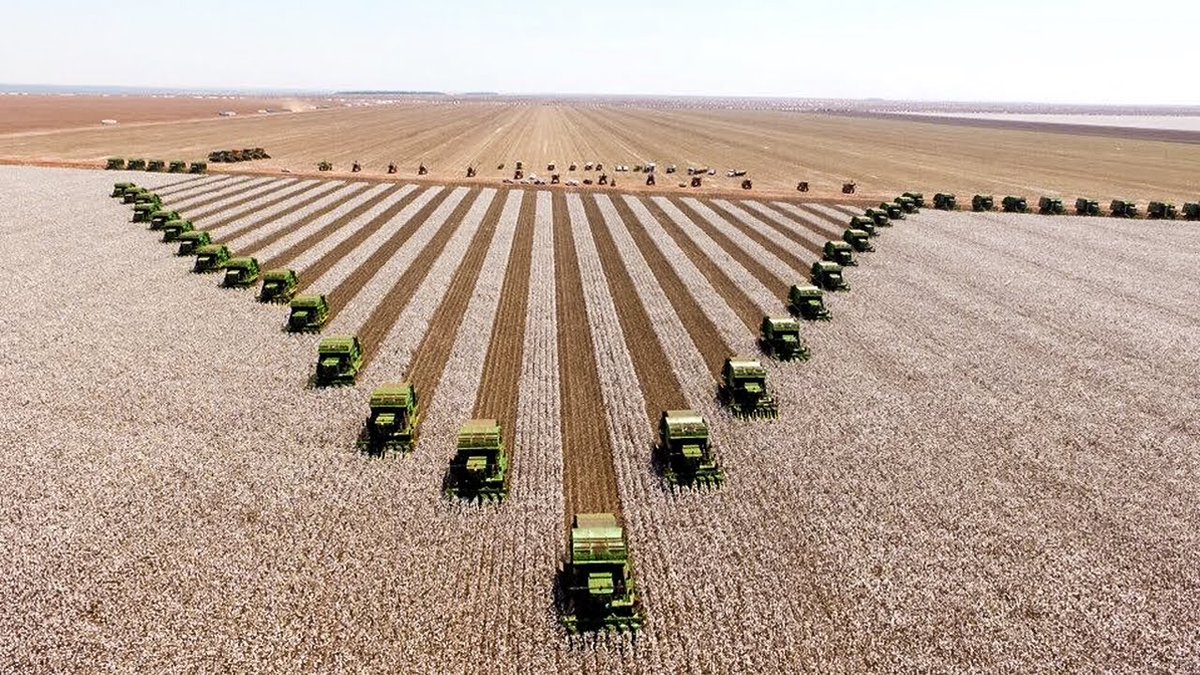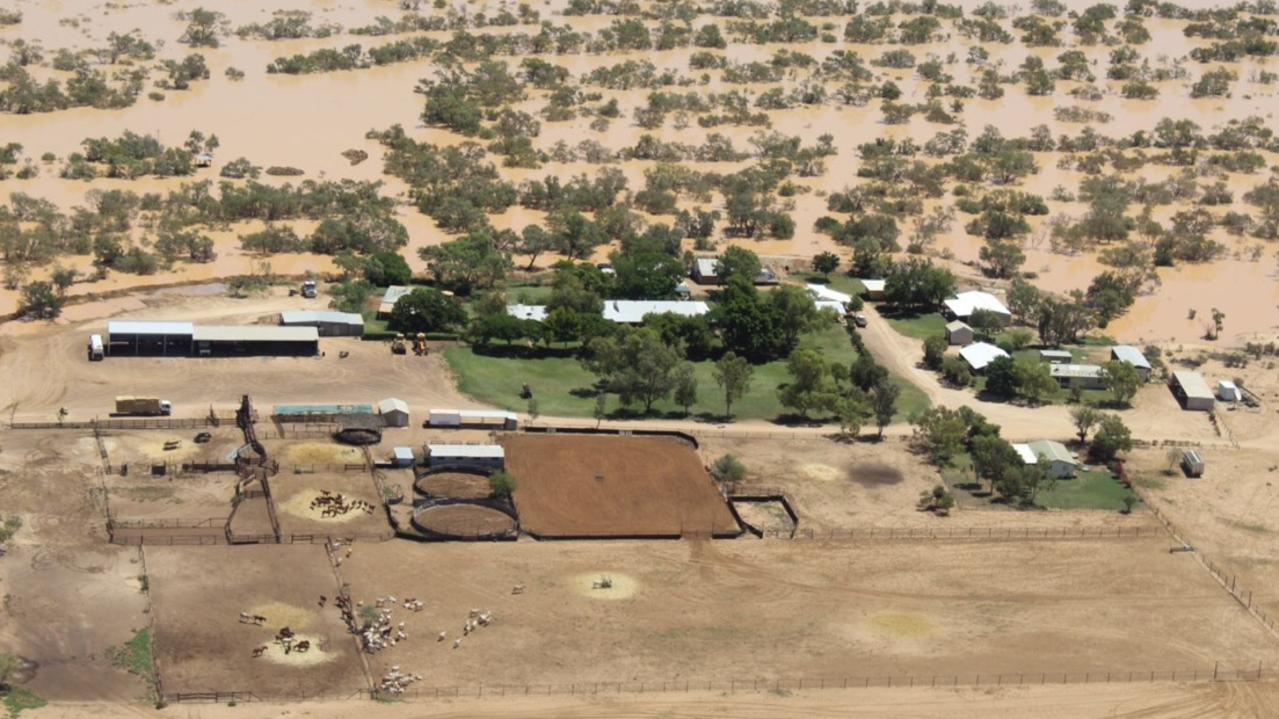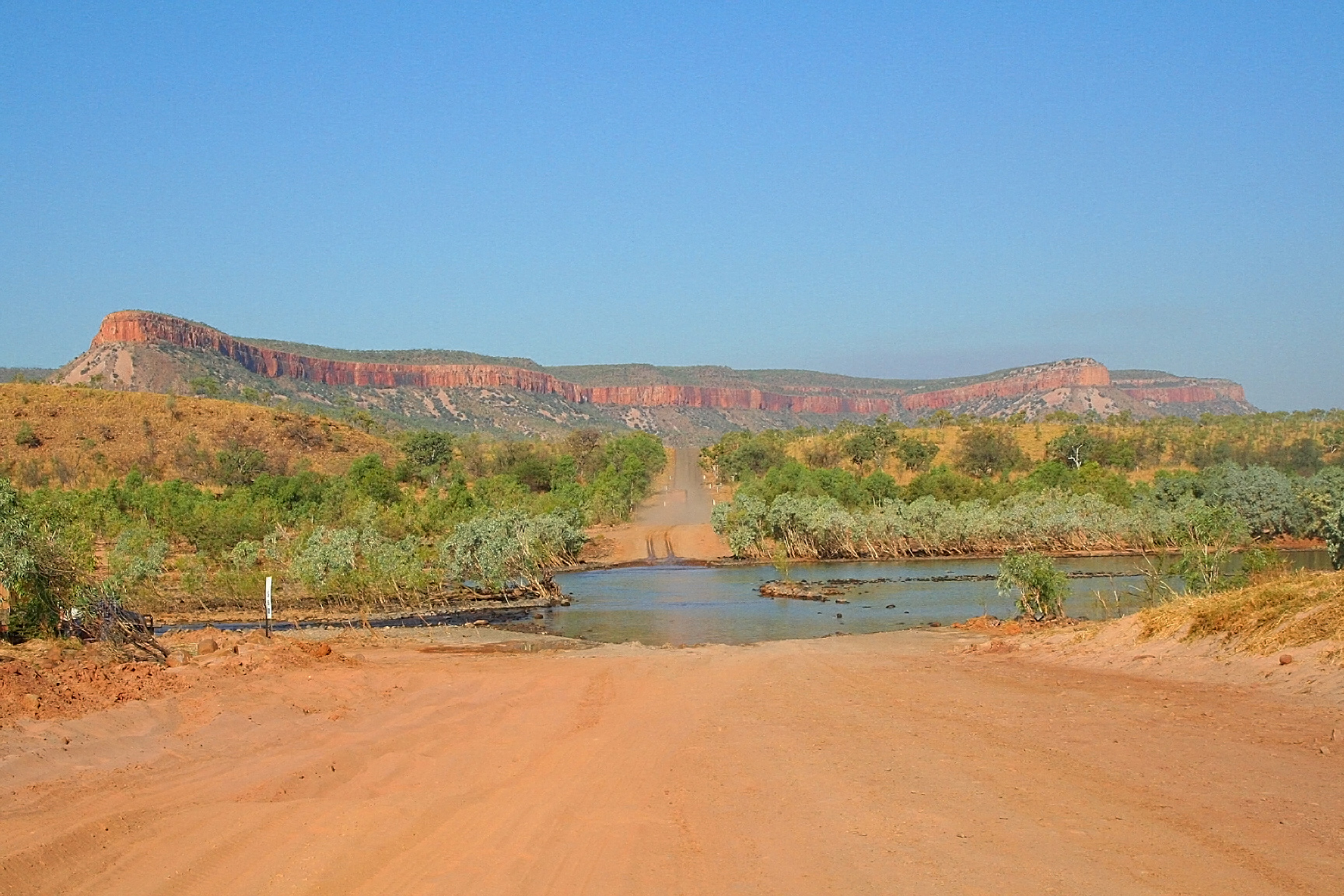Top 10 Largest Farms in the World in 2025
By ICON TEAM | Published on May 08, 2025
List Of Top 10 Largest Farms in the World in 2025:
Global food security and economic stability continue to be largely dependent on agriculture, with some farms expanding to exceptional sizes in response to increased demand. The biggest farms in the world, mostly in China and Australia, demonstrate the combination of innovation, tradition, and sheer expanse needed to produce enormous amounts of meat, dairy, and other agricultural goods in 2025. The top ten farms in the world are examined in detail here, arranged according to their vast acreage and noteworthy contributions to world agriculture.
1. Mudanjiang City Mega Farm:

Scattered across an incredible 22,243,200 acres—roughly the size of Portugal—the Mudanjiang City Mega Farm, located in Heilongjiang Province, China, is the largest farm in the world. This dairy-focused business was founded in 2015 in reaction to Russia's prohibition on EU dairy imports. It keeps more than 100,000 cows and produces over 800 million litres of milk a year for both Russian and domestic markets. The farm, which is a partnership between Zhongding Dairy Farming and the Russian company Severny Bur, uses cutting-edge technologies like automated milking and feeding systems in addition to environmentally friendly methods like producing biogas from manure. It is a vital component of China's drive for dairy self-sufficiency due of its size and effectiveness.
2. Alexandria Station:

Alexandria Station, one of the biggest cattle stations in Australia, is located in the Northern Territory and spans 3,750,000 acres. Since 1877, the North Australian Pastoral Company has owned it. It produces around 10,000 bales of hay a year and is home to about 55,000 cattle, including Brahman, Belmont, and Charbray varieties. Despite its remote position, the station's effective operations are demonstrated by the fact that only 50 staff are responsible for managing its extensive floodplains and forested sandhills. Alexandria's importance in world agriculture is shown by its ability to withstand floods and its contribution to Australia's beef industry.
3. Anna Creek Station:

With 5,851,000 acres—more land than Israel—Anna Creek Station in South Australia is the biggest operational cattle station in the world. It was purchased by the Williams Cattle Company in 2016 and can house up to 16,500 cattle during good seasons, with an emphasis on arid-loving breeds like Santa Gertrudis. Established in 1863 as a sheep station, it shifted to cattle because of dingo attacks. Its crucial significance in Australia's agricultural landscape is highlighted by its isolated location close to Coober Pedy and its standing as a top producer of beef.
4. Clifton Hills Station:
Clifton Hills Station, located along the Birdsville Track in South Australia, has 4,156,000 acres. With 14,000 cattle grazing there, it is Australia's second-largest cattle station, having been established in 1876. The station, which is owned by G and E. A. Brooks, depends on the Diamantina River and other natural water sources to support its herds in the untamed Outback. Renowned for being the first to move cattle by road, Clifton Hills continues to play a significant role in Australia's beef sector by fusing traditional methods with contemporary ranching tactics.
5. Davenport Downs:

The largest cattle station in the area is Davenport Downs, which is 3,292,000 acres in size and is situated in Queensland, Australia. It is run by the Paraway Pastoral Company and accommodates more than 29,000 cattle by combining two properties, Davenport Downs and Springvale. The station's dedication to conservation sets the norm for ethical large-scale ranching, and its creative water management techniques guarantee herd viability in arid environments. A vital component of Australia's beef industry, Davenport Downs receives cattle from breeding facilities in the north.
6. Mudanjiang Dairy Farm:

The 3,069,000-acre Mudanjiang Dairy Farm, located in Heilongjiang Province, China, is a pioneer in large-scale dairy production. This enterprise employs automation and environmental techniques to maximise productivity in order to meet China's urban milk demand. With a herd of more than 100,000 cows, it contributes significantly to China's decreased dependency on foreign dairy. Large-scale dairy farming's future is highlighted by the farm's incorporation of state-of-the-art technologies and its contribution to food security.
7. Home Valley Station:

The 3,000,000-acre Home Valley Station in Western Australia is a unique blend of ecotourism and cattle farming. It was founded in the 1860s and provides visitors with a genuine Outback experience while grazing cattle around the Kimberley region. Its 615,000-acre footprint balances environmental and economic objectives by supporting indigenous cultural programs and sustainable grazing. Home Valley stands out in Australia's tourist and agriculture industries thanks to its creative business concept.
8. Tipperary Station:

A significant participant in Australia's cattle sector, Tipperary Station is situated in the Northern Territory and spans over 3,340,000 acres. The station, which is well-known for its dedication to sustainability and innovation, uses contemporary farming methods while allowing for extensive cattle grazing. Its status as one of the world's agricultural titans is further supported by its historical significance and continuous contributions to the production of beef. Tipperary will remain relevant in 2025 thanks to its capacity to adjust to the difficulties presented by the Outback.
9. King Ranch:

King Ranch is one of the biggest farms in North America, covering 825,000 acres in Texas, USA. It was established in 1853 and is well known for creating the Santa Gertrudis breed of cattle as well as for branching out into crops, wildlife conservation, and cattle. King Ranch, a trailblazer in contemporary ranching, represents the inventiveness and tenacity of American agriculture. Despite being smaller than their Chinese or Australian equivalents, their operations are nonetheless recognisable because to their historical and financial significance.
10. Clifton Downs:

Reliable 2025 data does not show Clifton Downs as a separate entity, which is probably a misnomer or a mix-up with Clifton Hills or another Australian station. It can be a reference to an old listing or a smaller home. It would encompass approximately 3,000,000 acres and concentrate on producing beef, assuming it is comparable to cattle stations in South Australia or Queensland. Its position is questionable, though, and more investigation is required to verify that it is one of the biggest farms in the world without precise proof.
Comments 0